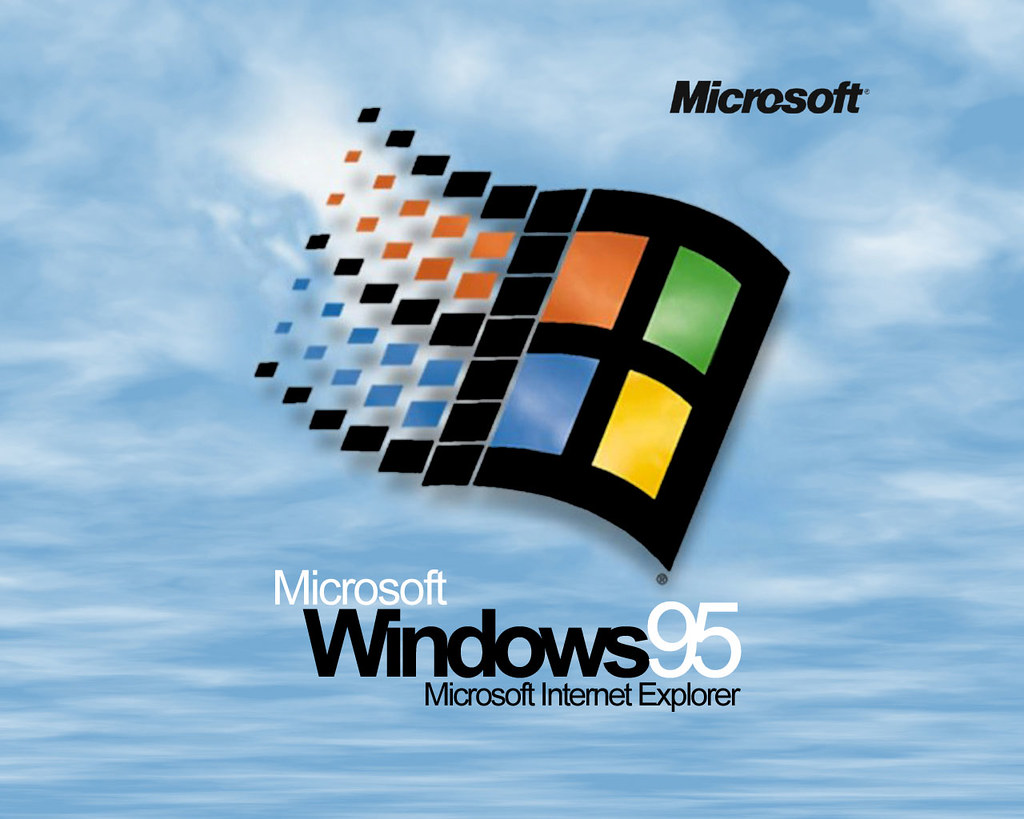I encountered a common issue with my Windows system – a missing or corrupt Windows\System32\Config\System file. Let me share the steps I took to resolve it effectively.
Scan Hard Drive and System Files
To fix a missing or corrupt Windows\System32\Config\System file, you can try scanning your hard drive and system files. This process can help identify any errors or issues that may be causing the problem. Here’s how you can do it:
1. Start by booting your computer using a Windows installation disc or a USB flash drive with a Windows Setup image.
2. Once you’re in the Windows Setup environment, select your language preferences and click on the “Next” button.
3. On the next screen, click on the “Repair your computer” option.
4. From the list of options, choose “Troubleshoot” and then select “Advanced options.”
5. In the advanced options menu, choose “Command Prompt.”
6. In the command prompt window, type “sfc /scannow” and press Enter.
7. The System File Checker (SFC) tool will now scan your hard drive and system files for any errors or missing/corrupt files.
8. Wait for the scanning process to complete. This may take some time depending on the size of your hard drive and the number of files being scanned.
9. Once the scan is finished, you will see a report indicating whether any issues were found and if they were fixed.
10. If any issues were found and fixed, restart your computer and see if the missing or corrupt Windows\System32\Config\System file error has been resolved.
By scanning your hard drive and system files, you can identify and fix any errors that may be causing the missing or corrupt system file issue. This method is particularly useful if other troubleshooting steps have not resolved the problem.
Restore Registry Manually
To restore the registry manually, follow these steps:
1. Boot your computer using a Windows installation disc or a recovery USB flash drive.
2. When prompted, press any key to boot from the disc or USB.
3. Select your language preferences and click “Next.”
4. Click on “Repair your computer” in the bottom left corner of the screen.
5. Choose the operating system you want to repair and click “Next.”
6. In the System Recovery Options menu, click on “Command Prompt.”
7. In the command prompt window, type “cd windows\system32\config” and press Enter.
8. Next, type “ren system system.old” and press Enter.
9. Then, type “ren system.alt system” and press Enter.
10. To restore the registry from a backup, type “copy regback\* ..” and press Enter. If there are no backups available, skip this step.
11. Restart your computer by typing “exit” and pressing Enter, then click on “Restart.”
12. Your registry should now be restored. Check if the issue with the missing or corrupt Windows\System32\Config\System file has been resolved.
Reboot into Last Known Good Configuration

To reboot into the Last Known Good Configuration on your Windows computer, follow these steps:
1. Start by restarting your computer. Press and hold the power button until the system turns off, then press it again to turn it back on.
2. As the computer starts up, keep pressing the F8 key repeatedly until you see the Advanced Boot Options menu.
3. From the menu, use the arrow keys on your keyboard to select “Last Known Good Configuration (advanced)” and press Enter.
4. Wait for your computer to reboot into the Last Known Good Configuration. This option will load the most recent settings that worked correctly, which can help resolve issues caused by recent changes or errors.
5. Once your computer has finished booting, check if the issue with the missing or corrupt Windows\System32\Config\System file has been resolved.
Remember, the Last Known Good Configuration is not a guaranteed fix for all problems. If the issue persists or if you encounter any other errors, you may need to explore other troubleshooting methods or seek professional assistance.
Note: The steps provided here are applicable to various versions of Windows, including Windows XP, Windows Vista, Windows 7, Windows 8, and Windows 10.
If you don’t see the Last Known Good Configuration option in the Advanced Boot Options menu, you can try using the Windows Recovery Environment or a Windows installation disc to access the Advanced Startup Options. This will give you additional troubleshooting options to resolve the issue.
Always remember to create regular backups of your important files and documents to prevent data loss.
Repair Windows Using Installation Media
1. Insert your Windows installation media, such as a DVD or USB drive, into your computer.
2. Restart your computer and boot from the installation media. You may need to change the boot order in your computer’s BIOS settings to prioritize the installation media.
3. When the Windows Setup screen appears, select your language preferences and click “Next.”
4. Click on “Repair your computer” at the bottom left corner of the screen.
5. Select “Troubleshoot” and then choose “Advanced options.”
6. From the list of advanced options, select “Command Prompt.”
7. In the Command Prompt window, type the following command and press Enter: sfc /scannow
8. Wait for the System File Checker to scan and repair any missing or corrupt system files. This process may take some time.
9. Once the repair is complete, restart your computer and check if the issue is resolved.
Note: This method can help fix issues related to the Windows\System32\Config\System file. It scans and repairs system files, which could be causing the problem. If the issue persists, you may need to consider other troubleshooting methods or seek further assistance from a professional.
Restore Corrupted Registry via Recovery Tools

To restore a corrupted registry using recovery tools, follow these steps:
1. Start by booting your computer from a Windows installation disc or a recovery disc. You can also use a USB drive with a Windows ISO file if you don’t have a disc.
2. When the computer starts, press any key to boot from the disc or USB drive.
3. Select your language preferences and click “Next.”
4. Click on “Repair your computer” at the bottom left corner of the installation screen.
5. Select the operating system you want to repair and click “Next.”
6. In the System Recovery Options, choose “Command Prompt.”
7. In the Command Prompt, type cd c:\windows\system32\config and press Enter. This will navigate to the config folder where the corrupted registry is located.
8. Next, type ren system system.old and press Enter. This renames the corrupted registry file.
9. Then, type copy c:\windows\system32\config\regback\system c:\windows\system32\config and press Enter. This copies the backup registry file to the config folder.
10. When prompted to overwrite the existing file, type “Y” and press Enter.
11. Repeat steps 8 to 10 for the other registry files: software, sam, security, and default. Replace “system” with the respective file name in the commands.
12. Once all the files have been copied, type exit and press Enter to close the Command Prompt.
13. Restart your computer and see if the issue is resolved. If not, you may need to perform additional troubleshooting steps or seek professional help.
Remember to always back up your important files and data before making any changes to your system.
Note: These instructions are specific to Windows operating systems and may vary slightly depending on the version you are using.
Check Disk File System with CHKDSK Utility
To fix a missing or corrupt Windows\System32\Config\System file, you can use the CHKDSK utility to check and repair your disk file system. CHKDSK is a built-in Windows tool that scans your hard drive for errors and fixes them. Follow these steps to use CHKDSK:
1. Open the Command Prompt by pressing the Windows key + R, then typing “cmd” and pressing Enter.
2. In the Command Prompt window, type “chkdsk C: /f” and press Enter. Replace “C:” with the drive letter where your Windows installation is located.
3. CHKDSK will start scanning your disk for errors and fix any issues it finds. This process may take some time, depending on the size of your hard drive.
4. Once CHKDSK completes, restart your computer and check if the missing or corrupt System file error is resolved.
Note: If the issue persists, you may need to use other methods such as using the Recovery Console or restoring from a backup. Consult the relevant knowledge base or seek professional assistance for further troubleshooting.
Use Recovery Console and Safe Mode
- Insert the Windows installation disc and restart your computer.
- Press any key when prompted to boot from the disc.
- Select your language preferences and click “Next”.
- Click “Repair your computer” on the installation screen.
- Select the operating system you want to repair and click “Next”.
- Click “Command Prompt” to open the Recovery Console.
- Type cd \windows\system32\config and press Enter.
- Type ren system system.old and press Enter.
- Type ren software software.old and press Enter.
- Type copy c:\windows\repair\system and press Enter.
- Type copy c:\windows\repair\software and press Enter.
- Type exit and press Enter to restart your computer.
Use Safe Mode
- Restart your computer and press F8 repeatedly before the Windows logo appears.
- Use the arrow keys to select “Safe Mode” and press Enter.
- Log in to your computer with an administrator account.
- Click the “Start” button and choose “Run”.
- Type msconfig and press Enter.
- In the System Configuration window, click the “Boot” tab.
- Check the box next to “Safe boot” and select “Minimal”.
- Click “Apply” and then “OK”.
- Restart your computer.
- Log in to your computer in Safe Mode.
- Click the “Start” button and choose “Run”.
- Type regedit and press Enter.
- Navigate to HKEY_LOCAL_MACHINE\SOFTWARE\Microsoft\Windows NT\CurrentVersion\Winlogon.
- Double-click on the “Shell” value and replace the existing value with explorer.exe.
- Click “OK” and close the Registry Editor.
- Restart your computer normally.
FAQs
How do I repair corrupt system files in Windows XP?
To repair corrupt system files in Windows XP, open Command Prompt as an administrator and run the command sfc /scannow. If that doesn’t work, you can try using DISM by opening Command Prompt as an administrator and running the command DISM.
How do I fix corrupted system 32?
To fix a corrupted System32, you can use the built-in System File Checker (SFC) tool. Open Command Prompt (Admin) or Windows PowerShell (Admin) by right-clicking on the Start menu. In the command prompt window, type “sfc /scannow” and press Enter. This will scan your system for corrupted files and attempt to repair them.
How to repair corrupted Windows XP without CD?
To repair a corrupted Windows XP without a CD, first check if your system has a recovery partition. Restart your computer and access the boot menu by pressing the key specific to your manufacturer. Choose the recovery partition and follow the on-screen instructions to initiate a Windows XP repair.
How do I restore System32 on Windows?
To restore System32 on Windows, restart your PC and continuously tap the F8 button until a menu appears. Use the arrow keys to select the ‘Last known good configuration’ option and press Enter. This will reinstall the ‘last known good configuration file’ and restore System32.

